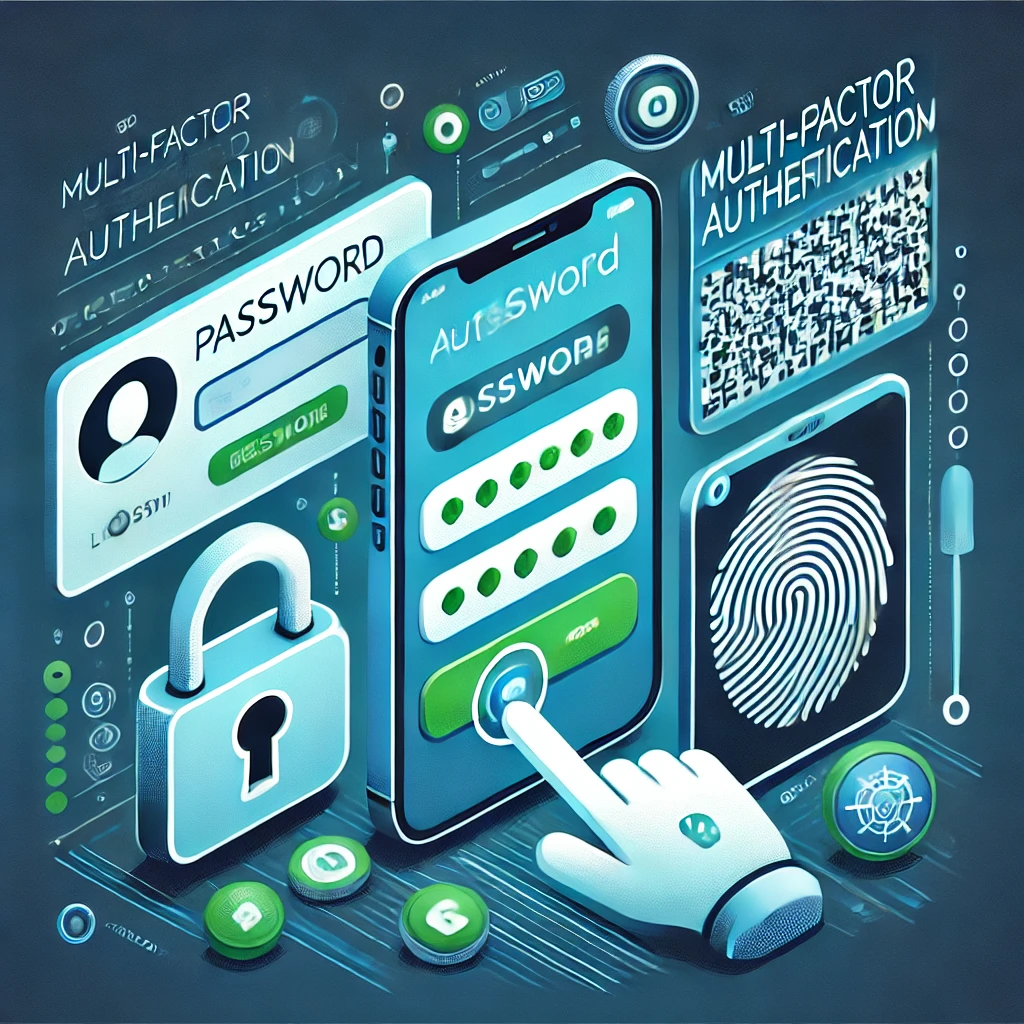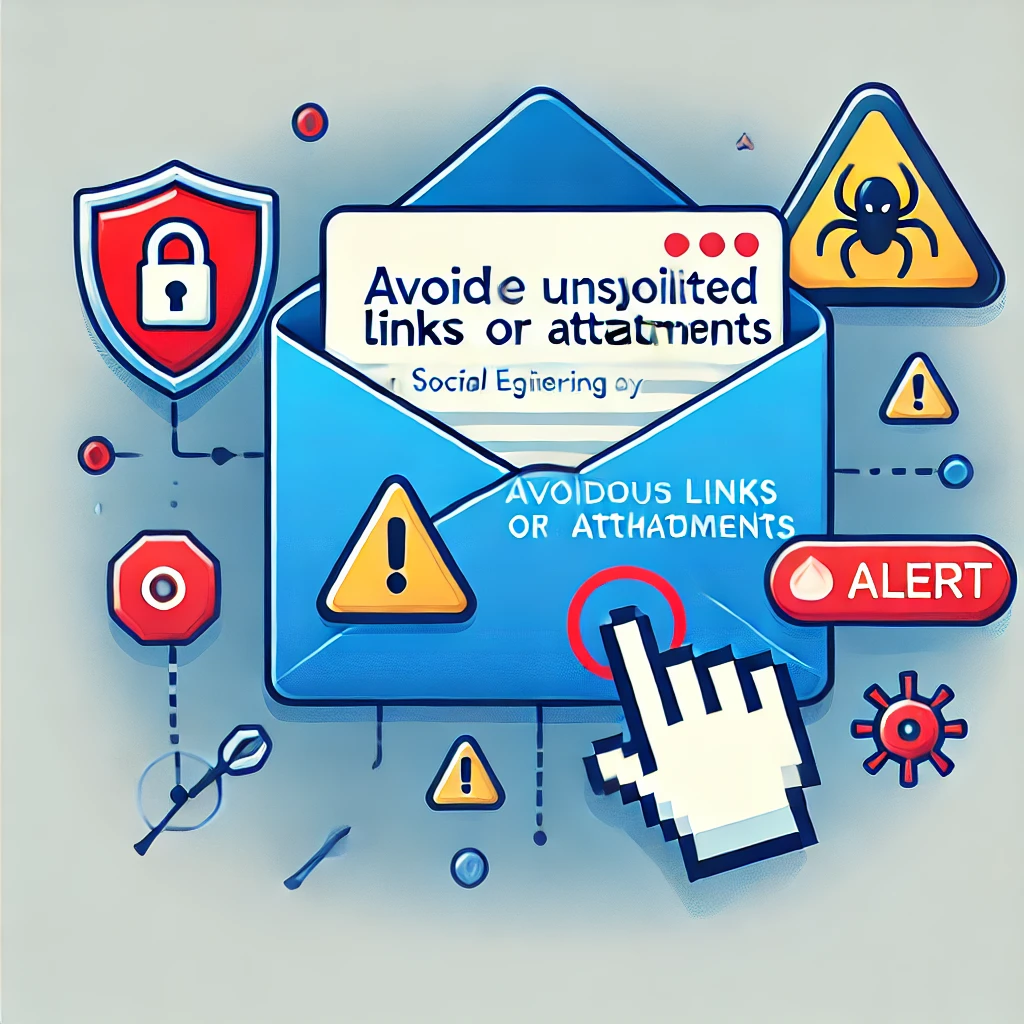In today’s digital world, social engineering attacks are becoming increasingly common. These attacks involve tricking individuals into revealing confidential information or granting unauthorized access to systems. Whether it’s a phishing scam, hacking attempt, or the manipulation of your business email, social engineering can have severe consequences. Protecting yourself against these threats is essential, not just for individuals, but also for businesses. This guide will walk you through the steps needed to safeguard your personal and professional life from these manipulative tactics and ensure your personal information remains secure.
Tools Needed for Social Engineering Attacks

To effectively protect yourself from social engineering attacks, you need a combination of awareness, tools, and practices. Here’s a list of the necessary materials and tools to implement a robust defense against social engineering:
| Tools | Purpose |
|---|---|
| Antivirus software | Detects and blocks malicious activity, including phishing attempts. |
| Password manager | Stores and generates strong, unique passwords for all accounts. |
| Cybersecurity training | Helps you and your team recognize social engineering tactics. |
| Backup storage (e.g., flash drive) | Securely back up important files to prevent loss from a breach. |
| Multi-factor authentication (MFA) | Adds an extra layer of security for online accounts. |
| Encrypted email service | Protects sensitive communication from unauthorized access. |
Step-by-Step in Social Engineering Attacks

Follow these clear, actionable steps to recognize and protect yourself from social engineering attacks, reducing your exposure to cyber threats. Implementing these measures will strengthen your security and help you stay safe online.
Step 1: Recognize the Signs of Social Engineering Attacks
Before you can protect yourself, you need to understand the various types of social engineering attacks. The most common types include:
- Phishing: Attackers impersonate a trusted entity to trick you into revealing sensitive information, such as login credentials or social security numbers. These can come in the form of emails, text messages, or fake websites.
- Pretexting: Attackers create a fabricated story or pretext to gain your trust and access personal data. For example, they might impersonate an official from your bank or company to convince you to share sensitive information.
- Baiting: Attackers offer something enticing, like free software or a prize, to lure you into downloading malicious files or clicking on dangerous links.
- Business Email Compromise (BEC): This attack involves a hacker impersonating a high-level executive or employee and sending fraudulent emails to employees or customers, asking for financial transfers or sensitive data.
- Vishing (Voice Phishing): This method uses phone calls to impersonate legitimate institutions, like your bank, asking you to provide personal or financial details.
Recognizing these types of attacks is the first step in preventing them
Step 2: Verify Sources Before Responding
Always verify the source before responding to any suspicious request, especially if it involves confidential data. For example, if you receive an email from a colleague requesting a password reset, confirm the request via another communication method like a phone call or official company messaging system. Avoid clicking links from unknown sources, as they may lead to websites on the dark web designed to steal your personal information.
Step 3: Strengthen Security with Multi-Factor Authentication (MFA)
Multi-factor authentication (MFA) is one of the best ways to protect yourself from social engineering. By requiring a second form of verification—such as a phone number or authentication app—you make it much harder for cybercriminals to gain unauthorized access to your accounts. This is especially important for business email accounts, which can be a target for attackers seeking access to sensitive company data.
Step 4: Stay Vigilant Against Phishing and Hacking Attempts
Phishing scams are one of the most common types of social engineering attacks. They often appear in the form of emails or text messages that seem to come from legitimate sources, like banks or government agencies. These messages may ask you to download an attachment or visit a fraudulent website. Never provide sensitive details like passwords or credit card numbers in response to unsolicited requests. If in doubt, visit the official website manually rather than clicking a link in the message.
Step 5: Secure Your Devices and Data Storage
Always keep your devices secure by using strong passwords and encryption tools, especially when handling sensitive data. For instance, if you use a flash drive to store important documents, ensure it’s encrypted to prevent unauthorized access if lost or stolen. Regularly update your security software to protect against the latest cyber threats, and avoid storing personal information unprotected.
Step 6: Educate Yourself in Social Engineering Attacks
Knowledge is your first line of defense. Take the time to educate yourself about social engineering tactics and hacking methods, as these attacks evolve over time. Regularly update your cybersecurity practices and ensure your friends, family, or employees are also aware of potential threats. By staying vigilant and informed, you can prevent falling victim to attacks.
Tips and Warnings of Social Engineering Attacks

| Tip/Warning | Description/Benefit |
|---|---|
| Use cybersecurity awareness programs | Helps employees recognize social engineering techniques. |
| Implement a zero trust security model | Reduces the risk of unauthorized access within your organization. |
| Monitor your digital footprint | Reduces exposure to potential attackers. |
| Regularly audit your accounts | Helps detect unauthorized access early. |
| Avoid clicking on unsolicited links or attachments | These are often used in phishing scams to compromise your security. |
| Don’t share sensitive personal information | Only share personal data when you’re certain of the requester’s identity. |
| Be cautious of free offers | Free offers could be attempts to lure you into downloading malicious software or providing sensitive data. |
Conclusion
Protecting yourself against social engineering attacks requires vigilance, education, and the implementation of strong security measures. By recognizing common attack tactics, strengthening your passwords, enabling multi-factor authentication, and maintaining a healthy skepticism toward unsolicited requests, you can dramatically reduce your exposure to cyber threats. Remember, human error is often the weakest link in security, so staying aware and following these practical steps will help you avoid falling victim to malicious actors.
Start taking action today to secure your personal and business information from social engineering and other cyber threats.
FAQ
What is a social engineering attack, and why is it dangerous?
A social engineering attack manipulates human trust to gain unauthorized access to data, bypassing traditional security measures.
How do I protect myself from phishing scams?
Verify the source of any request for sensitive information, avoid suspicious links, and enable multi-factor authentication (MFA).
Can social engineering attacks affect businesses?
Yes, businesses are vulnerable to business email compromises (BEC) and other social engineering tactics, making employee training essential.
Resources
- Kaspersky. How to Avoid Social Engineering Attacks.
- Stickman Cyber. 6 Ways to Prevent Social Engineering Attacks.
- Cybeready. How Can You Protect Yourself from Social Engineering?
- X.com (Twitter). BtcFlocko’s Post on Social Engineering.
- YouTube. How to Protect Yourself Against Social Engineering Attacks
